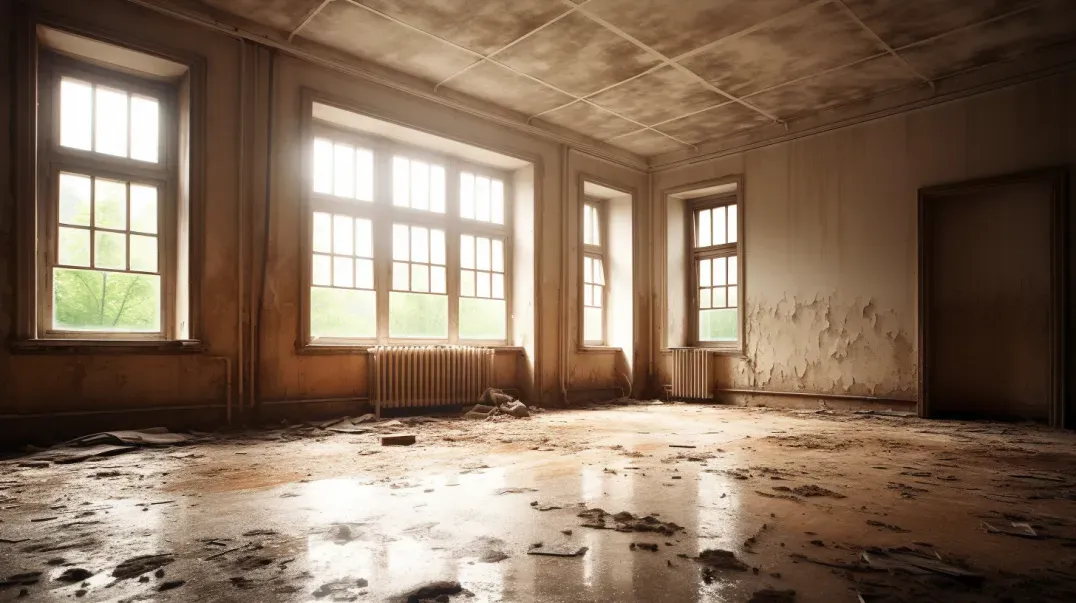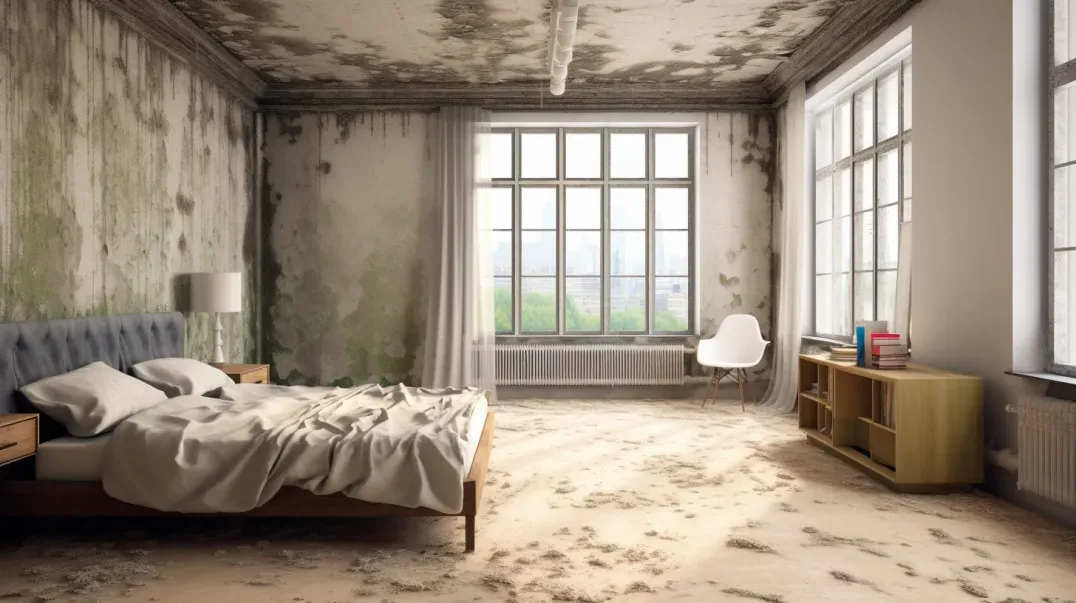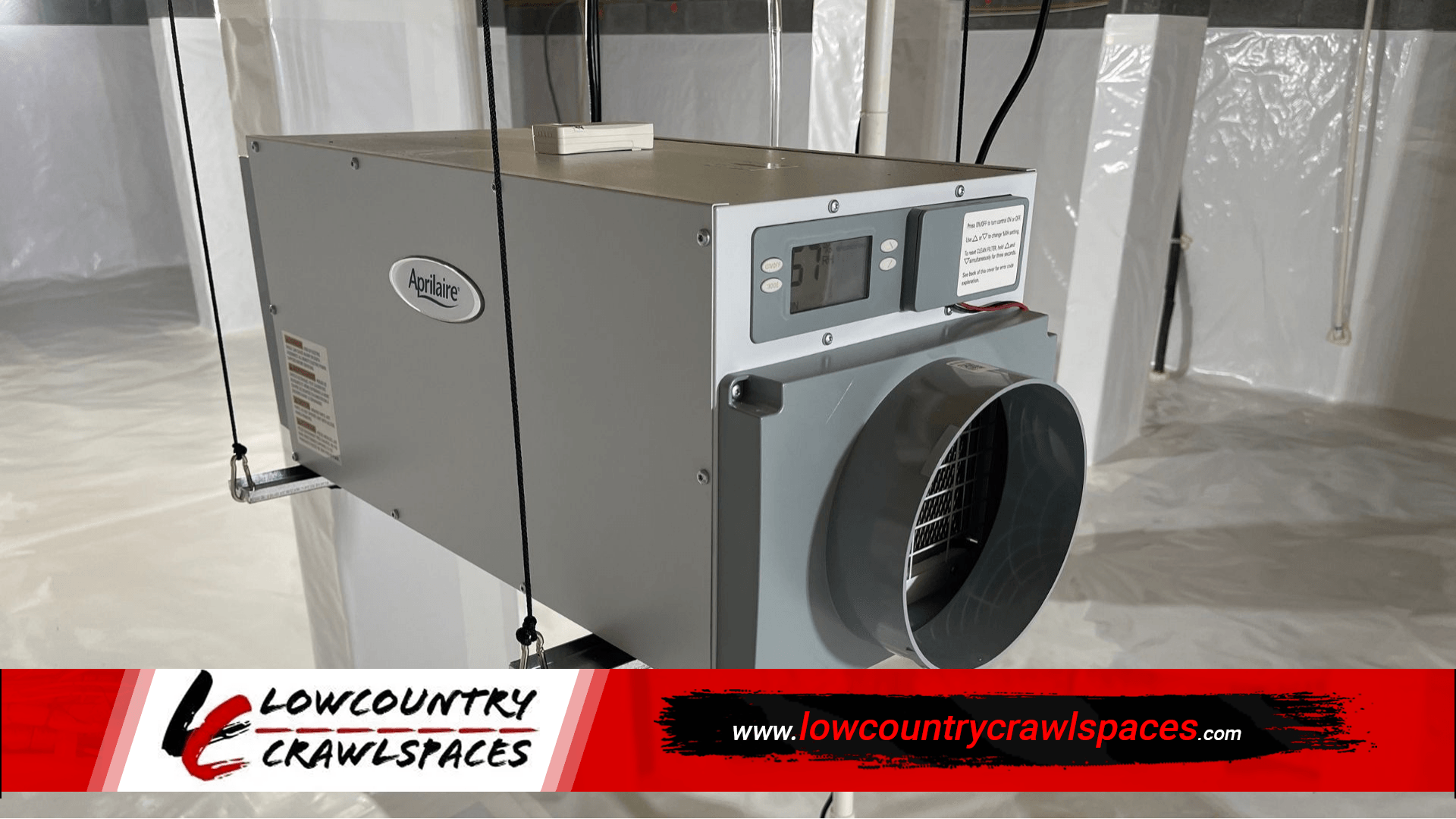A Comprehensive Guide to Installing a Crawl Space Dehumidifier: Everything You Need to Know for a Successful Installation
Humidity can be a big problem in crawl spaces, especially in areas with high levels of moisture in the air. Too much moisture can cause a lot of problems, like mold growth, musty smells, and even damage to the building itself. A smart way to deal with these problems and keep a healthy living space is to install a crawl space dehumidifier. However, the installation process can be overwhelming for those who are not familiar with it. In this detailed guide, we'll tell you everything you need to know to install a crawl space dehumidifier correctly. We'll go over all the important steps for a successful installation and a more comfortable, healthier home, from preparing the space to choosing the right unit and putting it all together.
Benefits of Crawl Space Dehumidifier Installation
Installing a crawl space dehumidifier offers numerous benefits beyond just reducing moisture levels. Here are some of the key benefits of installing a crawl space dehumidifier:
Improved Air Quality
Mold and mildew can grow in crawl spaces where there is too much moisture, which can make the air quality inside the house worse. A dehumidifier lowers the humidity in a room, which stops mold from growing and makes the air inside better.
Prevents Structural Damage
High levels of moisture can cause wood rot, which can lead to structural damage. A crawl space dehumidifier can help stop this kind of damage by lowering the humidity level.
Energy Efficiency
High humidity levels can make your HVAC system work harder, leading to higher energy bills. A crawl space dehumidifier can help your HVAC system work less, which can lower your energy bills.
Protects Your Belongings
High humidity levels can damage your belongings, including furniture, clothing, and electronics. A crawl space dehumidifier can help protect your things and make them last longer by lowering the humidity level.
Reduced Pest Infestations
Pests, such as insects and rodents, are attracted to high levels of moisture. By reducing humidity levels, a crawl space dehumidifier can help reduce the risk of pest infestations.
Overall, putting in a crawl space dehumidifier has a lot of benefits that can help make your home more comfortable, healthier, and safer.
Types of Crawl Space Dehumidifiers
There are two main types of crawl space dehumidifiers: portable and permanent.
Portable Crawl Space Dehumidifiers
Portable dehumidifiers are a great choice if you need a temporary fix or want to save money. These dehumidifiers are easy to move around and can be used in different areas of your home. But they do need maintenance on a regular basis, like emptying the water tank and cleaning the filter.
Permanent Crawl Space Dehumidifiers
Permanent dehumidifiers are a more effective and convenient option for long-term use. Most of the time, these dehumidifiers are put in the crawl space and hooked up to a drainage system. They are designed to run continuously, automatically adjusting humidity levels as needed. Permanent dehumidifiers cost more than portable ones, but they don't need as much maintenance and work better.
When choosing a crawl space dehumidifier, you should think about how big your crawl space is, how humid it is, and how much money you have. You may also want to look for features such as automatic shut-off, adjustable humidity levels, and energy efficiency ratings. Talk to a professional to find out what kind and size of dehumidifier will work best for you.
Cost of Crawl Space Dehumidifier Installation
The price of installing a crawl space dehumidifier depends on a number of things, such as the type and size of the unit, how hard it is to install, and where you live. Here are some general cost estimates to consider:
Portable crawl space dehumidifiers
Most portable dehumidifiers cost between $100 and $300, depending on how much space they can dry out and what other features they have.
Permanent Crawl Space Dehumidifiers
Permanent dehumidifiers cost more than portable ones, usually between $1,000 and $2,500, which includes the cost of installing it.
Installation Costs
Depending on how complicated the installation is, the cost of putting in a crawl space dehumidifier can vary. Fix any problems before putting in a dehumidifier to make sure it will work well and efficiently. Simple installations may cost as little as $500, while more complex installations can cost upwards of $2,000 or more.
It's important to note that investing in a high-quality crawl space dehumidifier can save you money in the long run by reducing energy costs, preventing structural damage, and protecting your belongings. Consult with a professional to get a more accurate cost estimate based on your specific needs and situation. Also, make sure you ask about any warranties or guarantees that might come with your purchase to make sure you get the most out of your money.
Preparing for Installation
Before you install a crawl space dehumidifier, there are a few important steps to take to prepare your space for installation. Here's what you need to do:
Inspect the Space
Before installing a dehumidifier, inspect your crawl space for any signs of water damage, mold, or mildew. Fix any problems before putting in a dehumidifier to make sure it will work well and efficiently.
Clean the Space
Remove any debris, dust, or dirt from the crawl space before installing a dehumidifier. If the room is clean, the dehumidifier will work better and won't get clogged up with dirt or dust.
Seal the Space
Seal any holes or cracks in the crawl space to keep air and moisture from getting in from the outside. This will help the dehumidifier work more efficiently and effectively.
Install Drainage
If you put in a permanent dehumidifier, you will also need to put in a drainage system to get rid of the water it collects. Consult with a professional to determine the best drainage solution for your specific situation.
Consider Other Factors
Depending on your situation, you may also need to do things like install a sump pump, improve ventilation, or fix insulation problems.
By taking the time to properly prepare your crawl space, you can ensure that your dehumidifier will function effectively and efficiently and help to protect your home from moisture-related issues.
Troubleshooting Common Issues
Even if you prepare and set up your crawl space dehumidifier correctly, you may still have problems with it. Here are some common problems and troubleshooting tips:
Unit is Not Turning On
Check that the power cord is properly plugged in and that the outlet is functioning. If the unit still doesn't turn on, consult with a professional to check for any internal issues.
Water Collection Tank is Not Filling
If your dehumidifier has a collection tank, check that it is properly seated and that there are no leaks. Also, make sure that the drainage system is properly installed and functioning.
Unit is Not Removing Enough Moisture
Check that the dehumidifier is properly sized for your crawl space and that it is set to the appropriate humidity level. You might also want to think about making the crawl space more airy or closing any extra holes.
Unit is Making Strange Noises
Check that the unit is level and that there are no obstructions in the air intake or exhaust vents. If the noise persists, consult with a professional to check for any internal issues.
Unit is Freezing Up
Check that the air filter is clean and that the room temperature is above 60 °F. You may also need to change the humidity or think about adding more insulation to keep the water from freezing.
If your crawl space dehumidifier isn't working right, you should talk to a professional to make sure the problem is correctly diagnosed and fixed. Also, regular maintenance and inspections can help stop problems and make your unit last longer.
Facts About Crawl Space dehumidifier installation
- Crawl space dehumidifiers are designed to reduce the humidity levels in the crawl space by removing excess moisture from the air.
- The installation of a crawl space dehumidifier requires a professional to ensure it is installed correctly and safely.
- The dehumidifier should be placed in the center of the crawl space for optimal performance.
- The dehumidifier should be connected to a power source and a drain line for proper operation.
- The drain line should be connected to a sump pump or a floor drain to ensure the collected moisture is properly disposed of.
- The dehumidifier should be installed on a level surface to ensure it operates efficiently.
- The dehumidifier should be connected to a thermostat to ensure it is only running when necessary.
- The dehumidifier should be checked regularly to ensure it is operating correctly and efficiently.
Frequently Asked Questions:
How much moisture is in the air?
The amount of moisture in the air is measured by relative humidity (RH) and expressed as a percentage. The maximum amount of water vapor that air can hold depends on the temperature, with warmer air being able to hold more moisture than cooler air.
How do you install a crawl space dehumidifier?
To install a crawl space dehumidifier, you need to first select a suitable unit based on the size and humidity level of the space. Then, prepare the installation area, mount the unit, connect the drain line, and plug it in. It's recommended to have a professional install it for safety and effectiveness.
What are the potential problems with crawl space dehumidifier installation?
If a crawl space dehumidifier isn't set up right, it can cause problems like not enough moisture removal, poor drainage, electrical hazards, and damage to the structure. To avoid these problems and make sure moisture control works well, it's important to make sure the right size, placement, and maintenance are done.
How do you know if you need a crawl space dehumidifier?
You may need a crawl space dehumidifier if you notice musty odors, mold growth, moisture damage, or high humidity levels in your home. Also, if your crawl space doesn't have enough ventilation or water tends to get in, a dehumidifier can help prevent damage and make the air better. A professional can assess your specific needs.
Who should install a crawl space dehumidifier?
Installing a crawl space dehumidifier is best done by a licensed and experienced professional who can check the level of moisture, recommend the right unit, make sure it is installed correctly, and provide ongoing maintenance. Improper installation can result in safety hazards and ineffective moisture control.
Contact Lowcountry Crawlspaces Today!
Lowcountry Crawlspaces will do everything we can to ensure your experience with us is excellent.
Request A FREE Estimate
CHECKOUT RECENT POST



Schedule Your FREE Crawl Space Evaluation Today
There Is No Crawl Space Job We Can’t Fix!




